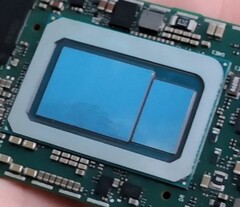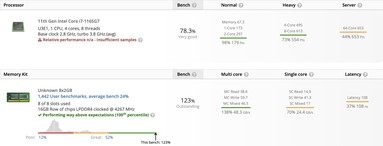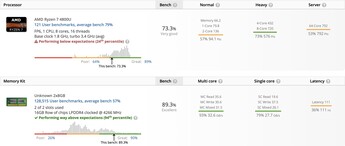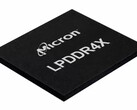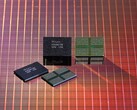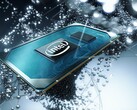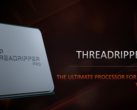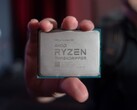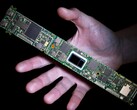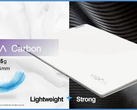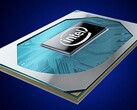It’s no secret that AMD’s Ryzen 4000 mobility APUs are currently crushing all Intel’s equivalent solutions, and, until we get a proper alternative from Intel, laptop OEMs will continue to ride the AMD wave, providing an ever increasing number of Ryzen 4000 models. Intel is well aware of this situation and is ready to launch the Tiger Lake ULV CPUs this summer, with the more powerful H-series scheduled for Q3/Q4. Some preliminary Tiger Lake-U benchmarks are already available here and there, but there are a few tests posted in the Userbench and Geekbench databases that show a particularly interesting Tiger Lake advantage over the way Renoir APUs handle the RAM speeds in different workloads.
Twitter user _rogame points out that one Userbench test shows how the RAM write speeds are almost twice as fast on a Tiger Lake i7-1165G7 compared to an AMD Ryzen 7 4800U, despite the fact that both systems are integrating 2x 8 GB of LPDDR4x-4266. Additionally, _rogame found a similar Geekbench test that pits an i7-1165G7 and a Ryzen 7 4700U, and the memory bandwidth appears to be almost 50% higher on the Intel system.
Apparently, AMD had to make several compromises for the 15 W APUs, and one of these involves RAM downclocking in particular scenarios. As explained by Robert Hallock in one of his tweets, when the 15 W Renoir APUs encounter a CPU-only workload, they automatically downclock the RAM to 2666 MHz from whatever speed it is running at in order to favor lower latencies. Full RAM speeds are only used when the APU detects heavy GPU workloads. Tiger Lake CPUs apparently keep maximum RAM speeds at all times, so synthetic benchmarks clearly favor them, but most of these benchmarks do not always mirror real-world usage and are therefore unreliable.




